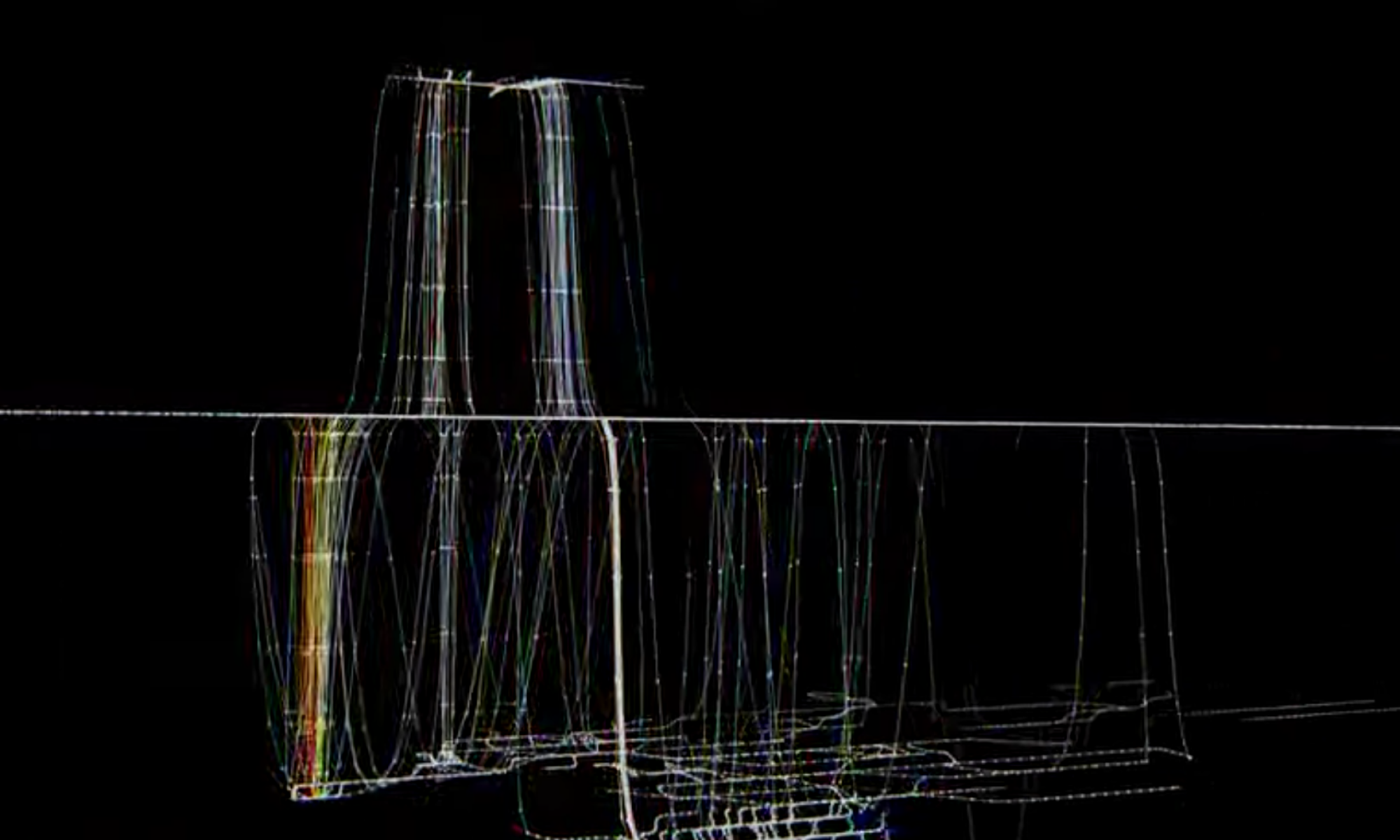March 21, 2008
If you’re going to be in the SF Bay Area this month, we’d love to see you there…
Overlap.org and VOLUME present
LISTEN/VISION 02
Friday, March 21st, 2008, 7-9pm
San Francisco Art Institute Lecture Hall
800 Chestnut St.
San Francisco, CA 94133
LISTEN/VISION is a unique series exploring the art of perception. It is a place and time for a shared experience of sound and light and space. VOLUME and Overlap.org have partnered to commission new and unreleased sound and video works from an international pool of acclaimed contemporary artists. These exclusive pieces, not to be found anywhere on the web or a CD, are presented in a collective listening environment. LISTEN/VISION will also host occasional live performances and multichannel sound installations.
For more information, visit volumeprojects.org and overlap.org.
The second installment of this series, LISTEN/VISION 02 will present ew work by Gregg Kowalsky, David Kwan , i8u and CHiKA, and Sawako.
Gregg Kowalsky
Rosebud for Red Magus, 2006 (18:17 min)
Kowalsky’s compositions range from drone and noise pieces to the psychedelic, which are highly influenced by the thick, humid air of South Florida where Gregg lived for most of his life. He is interested in filling the spaces his music occupies through dense, live mixes. He has composed for film, dance, acoustic ensembles and sound installations. Gregg’s debut full-length album, Through The Cardial Window was released on the Kranky label in Spring 2006. Gregg Kowalsky resides in Oakland, California where he completed a Master of Fine Arts degree in Electronic Music and Recording Media at Mills College.
http://ossobucco.net
David Kwan
Solaris, 2006 (10:07 min)
Sound-generated video projections; dimensions and running time variable; video projection with sound. David Kwan composes soundscapes using live radio signals and feeds them into a customized video imaging system to reveal visual patterning and to electromagnetically alter their dimensions. The end result is an electronic form of painting that is constructed from sound but manifested as light.
Kwan has presented work at the Berkeley Art Museum, Pacific Film Archive, Headlands Center for the Arts, Artist Television Access, The Lab, and Mission 17 in San Francisco; Jack Straw New Media Gallery in Seattle; Akademie Schloss Solitude in Stuttgart; and Baracke am Deustchen Theater in Berlin. He received a BA in Art Practice from UC Berkeley and an MFA in Electronic Music from Mills College, where he has been teaching in music, art and intermedia.
http://www.meridiangallery.org/davidkwan2003.htm
i8u and CHiKA
Infinity02, 2008 (30:38 min)
Unlimited or unmeasurable in extent of space, duration of time: the infinite nature of the fabric of space. CHiKA uses minimal objects in two-dimensional space to create a video work invoking the feeling of the unlimited possibilities, approaching the unmeasureable nature of the infinite. I8u’s soundscapes inspired by the concept of string theory mirror our limited understanding and imagination of these strings as they slip in and out of the dimensions we are aware of. The audio and visual moves from a closed world with perspective as its corresponding symbolic form.
France Jobin aka i8u is a sound/installation/web artist residing in Montreal, Canada. i8u’s audio art can be qualified as “sound-sculpture.” It reveals powerful, opaque and complex sound environments where analog and digital meet. Her installation/web art can be said to follow a parallel path, incorporating both musical and visual elements.
http://www.i8u.com
Chika Iijima is a live computer visuals artist working within New York’s expanded cinema community and VJ scene. Her videos implement geometric minimalist patterns and original graphics in unique, repetitive combinations. Chika has performed at the Museum of Modern Art (New York), The Mapping Festival (Geneva), the Bushwick Art Project (Brooklyn, NY), and the clubs Galapagos and Tonic, both in New York.
http://www.imagima.com
Sawako
Untitled, 2006 (15:18 min)
Sawako is a Tokyo/NYC-based sound sculptor who understands the value of dynamics and the power of silence. After beginning in video art, Sawako shifted her focus from the video camera to sound. Once through the processor named Sawako, sounds in everyday life – field recordings, instruments, voice and electronic sounds – float in space vividly with a digital yet organic texture. Her unique sonic world has been called “post romantic sound” by Boston’s Weekly Dig.
http://www.troncolon.com
LISTEN/VISION 02 is $5 for the general public and free for S.F.A.I. students and faculty.






